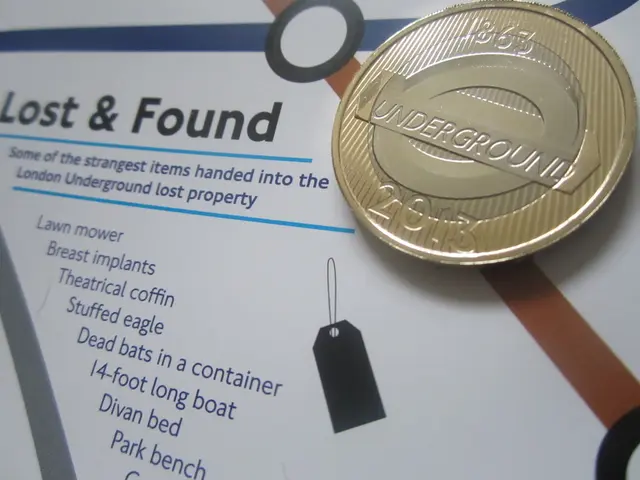Transformation of Ideas into Lucrative Products: Unveiling the Success Strategies of Product Launches
In the dynamic world of e-commerce, successful product launches are not a matter of luck but a precise and reproducible formula. This approach, often referred to as a reverse engineering strategy, dissects the strategy behind market introduction, not the object itself.
The first phase in this approach is the strategic foundations. Solid foundations are laid well before the launch, based on proof of demand rather than an idea. This phase involves identifying the invisible 'pains' in existing conversations and creating the product that the market already demands, often without explicitly knowing it. This concept is known as 'Product-Market Fit'.
During the pre-launch phase, the marketing of anticipation is crucial. It involves teasing the product and generating social proof early on through micro-influencers. Another key aspect is audience preheating. This involves building an email list and setting up a waiting landing page, a lead magnet, and an automatic email sequence to feed subscribers.
Audience engagement can be boosted by creating a dedicated hashtag and launching a contest where customers share their real experiences. This transforms the showcase into a gallery of authentic evidence.
In the second phase, the goal is to implant an irresistible desire in the consumer's mind before unveiling the price or "buy now" call-to-action. The unstoppable pitch requires talking about benefits, not features. The client is sold the transformation that the specification brings, not the specification itself.
The third phase is the big day. The goal is to convert this energy into concrete sales. The irresistible offer includes limited editions and bonuses with high perceived value. The order confirmation page is a highly lucrative estate that can be used to propose an upsell or a cross-sell immediately after a purchase. Adding bonuses that disappear after the launch can increase the perceived value of the offer without necessarily cutting back on the margin.
Post-purchase offers on the thank-you page can increase the average revenue per order by 15.3% without affecting the initial conversion rate. Email marketing remains the most efficient channel to convert, generating an average of $36 for every $1 spent (ROI of 3600%). An automated email sequence, often referred to as a "welcome series", can generate on average 38% of the total revenue from marketing emails for e-commerce businesses.
In the post-mortem analysis one week after launch, a detailed analysis can help identify the 'winning mix' and double the budget on top-performing channels. Advanced attribution tools like Triple Whale or Northbeam are essential to move from basic tracking to a holistic view of the customer journey.
A generous guarantee of 30, 60, or even 90 days can remove the last obstacles related to uncertainty and act as a powerful accelerator of confidence. Encouraging user-generated content can increase the average engagement rate by 28% and decrease the cost per acquisition (CPA) by 20% compared to traditional branded content. Displaying testimonials on product pages can increase the conversion rate by up to 270%.
Companies like Anthropic have rapidly grown their annual revenue beyond $100,000 shortly after launch by focusing on innovative AI solutions, expanding their product portfolio, securing large enterprise clients, and aggressively scaling with strong investor support. Freelancer Cameron Gurr on Fiverr achieved over $900,000 revenue within a few years by steadily increasing service offerings and pricing while maintaining quality and volume. Key strategies include targeting high-value customers, direct sales approaches, long sales cycles, and continuous product or service improvement.
The global e-commerce market is expected to reach $7.4 trillion in revenue by 2025. With these strategies in mind, the future of successful product launches looks bright indeed.
Read also:
- Transforming Digital Inventories in the Food Industry: A Comprehensive Guide for Food Businesses
- Munich Airport Unveils Its New Electrical Vehicle Charging Parksite
- Clean Energy Facilities by Constellation Offer Close-to-Impeccable Summer Stability, Reinforced by $7 Billion in Capital Infusions Over the Past 10 Years
- Vehicle electrification and bidirectional charging technologies could potentially reduce EU energy expenses by a staggering €22 billion annually by the year 2040.






